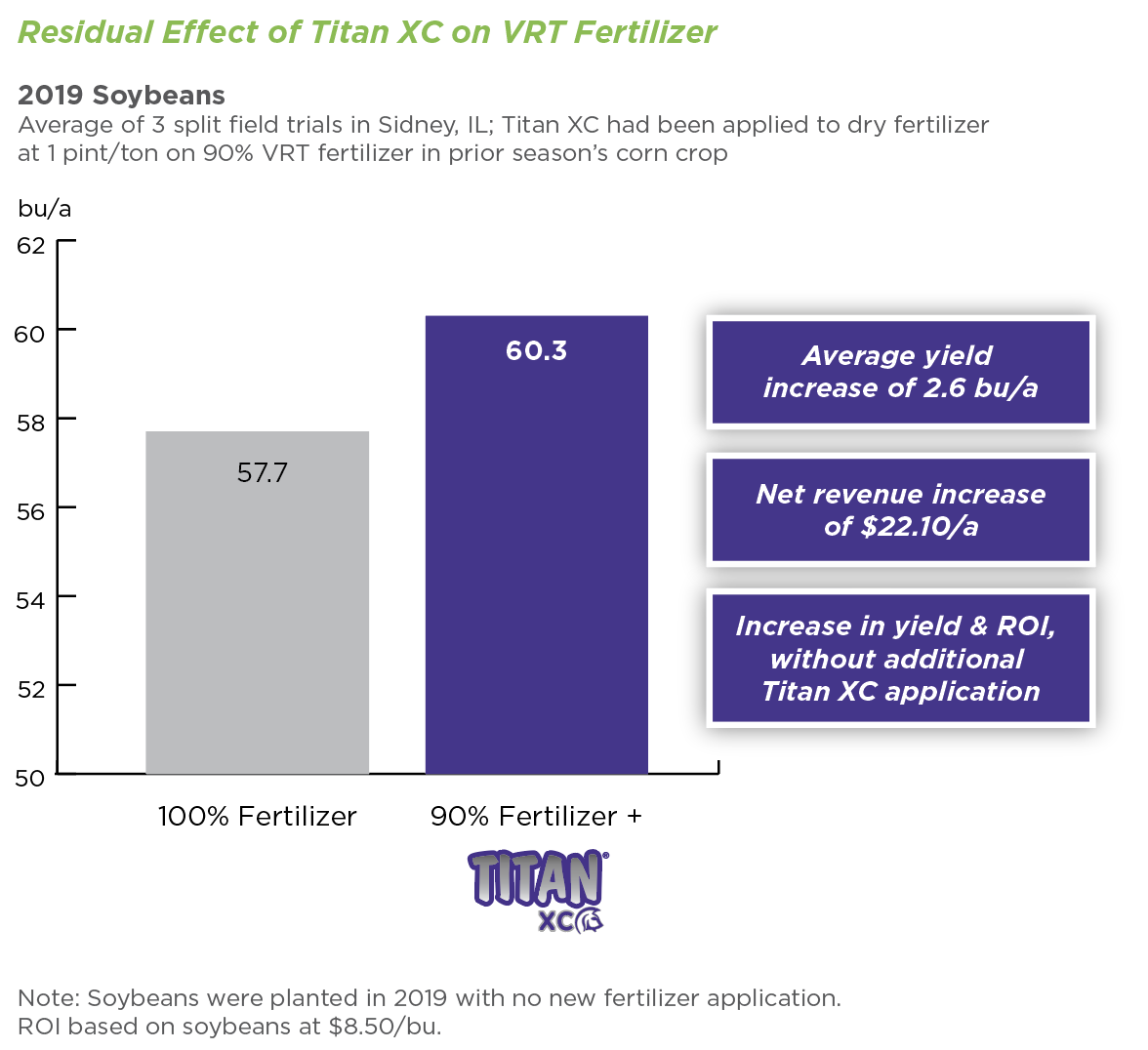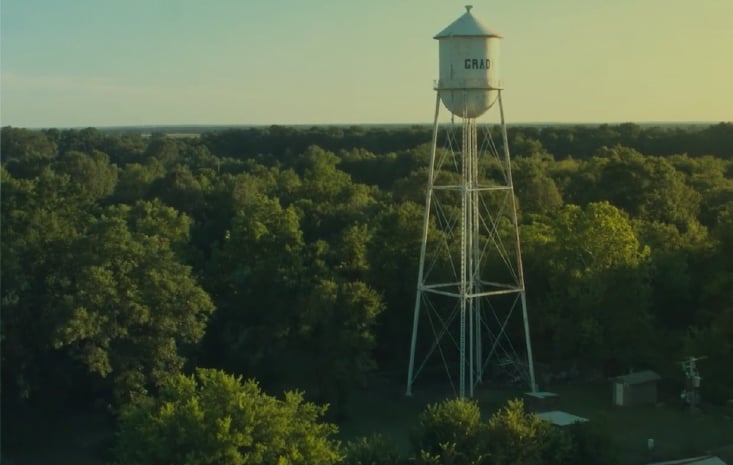TITAN XC and EXTRACT PBA both help growers get more out of their fertilizer investments. But is there any benefit when they are applied in the same growing season? These trials show how TITAN XC on fall dry fertilizer followed by EXTRACT broadcast in the spring with pre-emerge herbicide can lead to improved yields and return on investment for the grower.
All three on-farm trials—two corn, one soybean—were conducted in South Sioux City, Nebraska, to look at the addition of TITAN XC and EXTRACT to the grower's standard practice (GSP). TITAN XC was applied at 1 pint per ton to dry fertilizer that was spread in the fall of 2019. This was followed in the spring of 2020 by EXTRACT applied at 1 gallon per acre with pre-emerge herbicide.
In both corn trials, fall-applied TITAN XC followed by spring-applied EXTRACT led to a yield increase of over +12 bushels per acre, which was accompanied by a positive ROI.
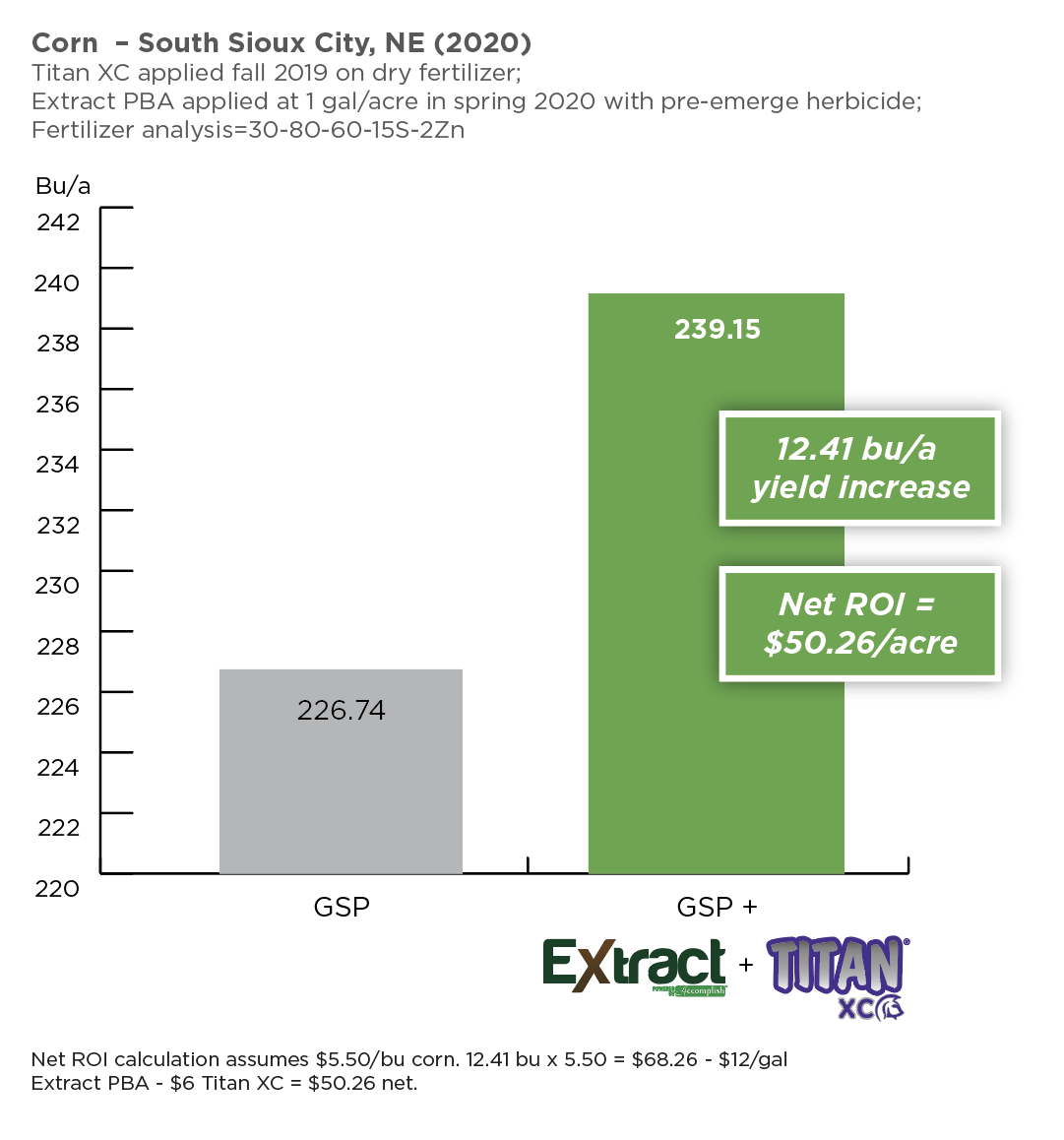
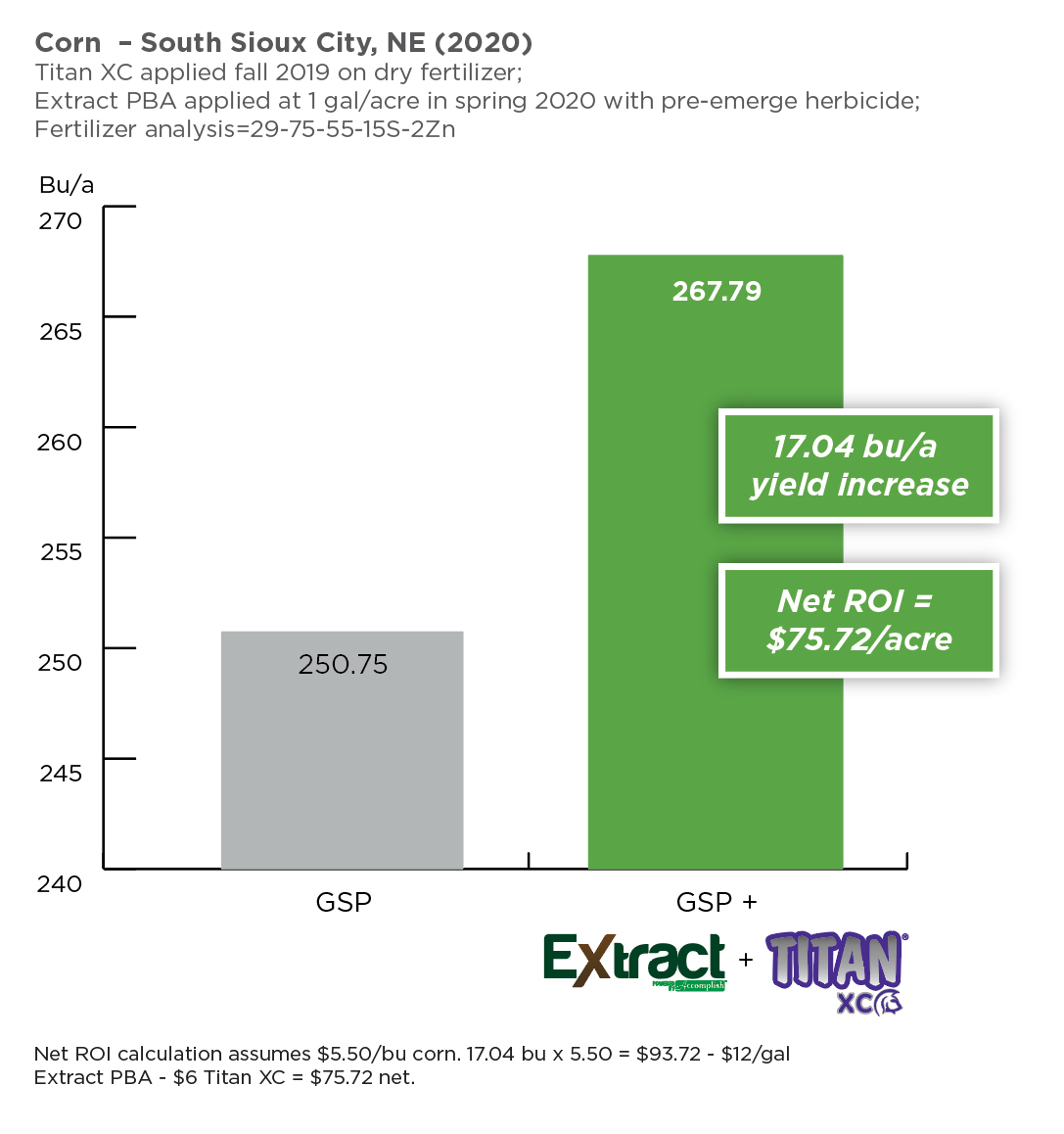
Similarly, the soybean trial also showed a yield increase (+4.98 bushels/acre) and positive net ROI with TITAN XC and EXTRACT in the grower's program.
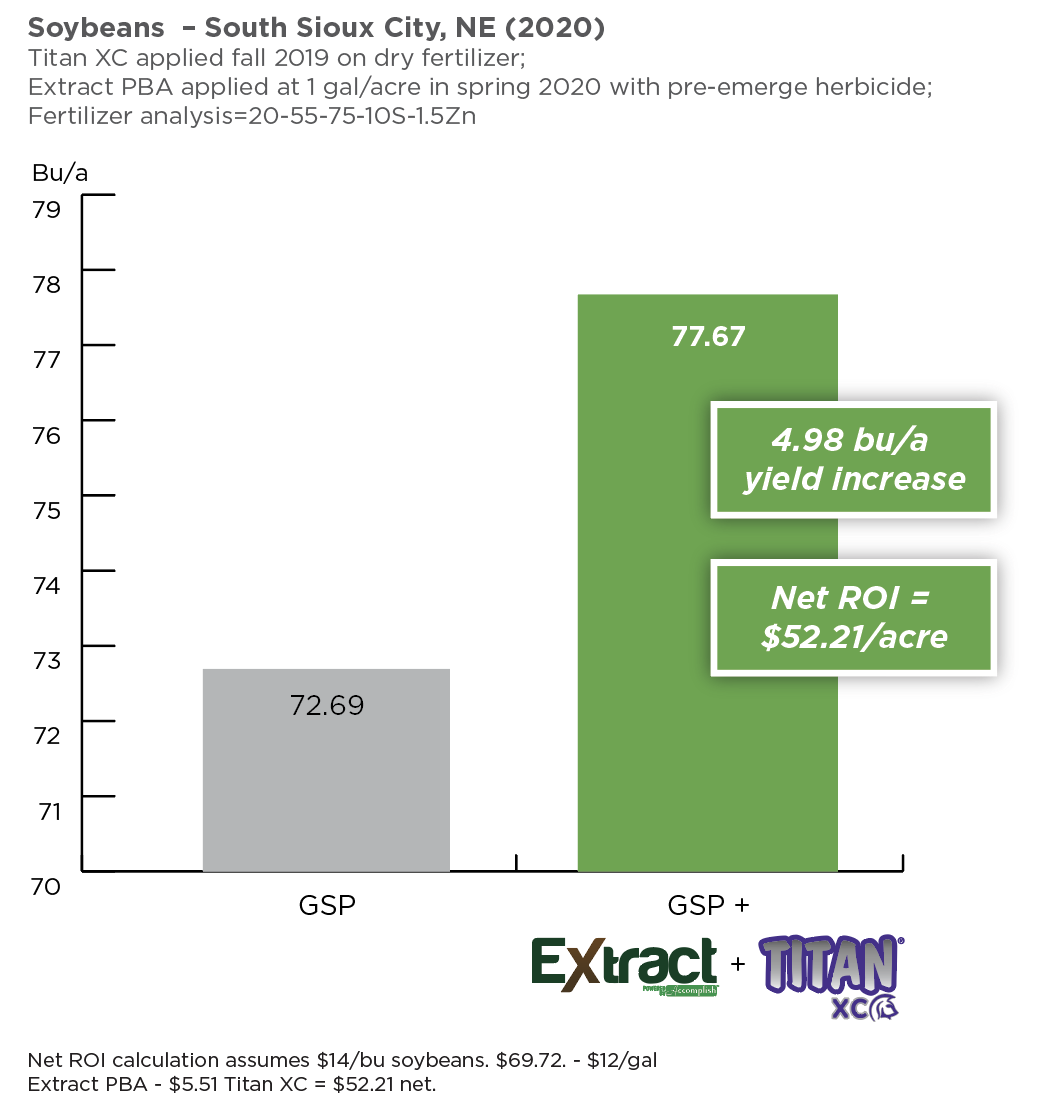
Treating dry fertilizer with TITAN XC, a proven technology for enhancing dry fertilizer efficiency, expedites nutrient availability and uptake from the treated ton, while EXTRACT, whether applied alone or with pre-emerge herbicides, helps to release tied up nutrients in the soil.
Whether a grower wants to find ways to be more efficient with their crop nutrition, improve sustainability, or stretch each dollar further, TITAN XC and EXTRACT can help, and can even be used together for greater benefits.
Learn more about TITAN XC and EXTRACT PBA by downloading the Frequently Asked Questions booklet.





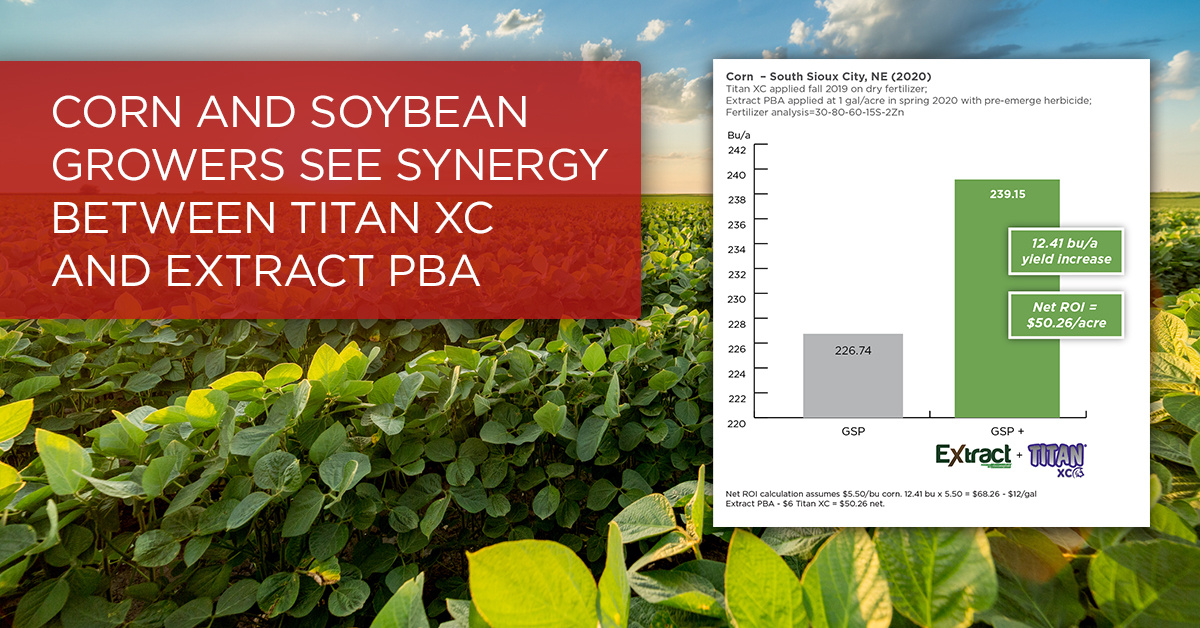

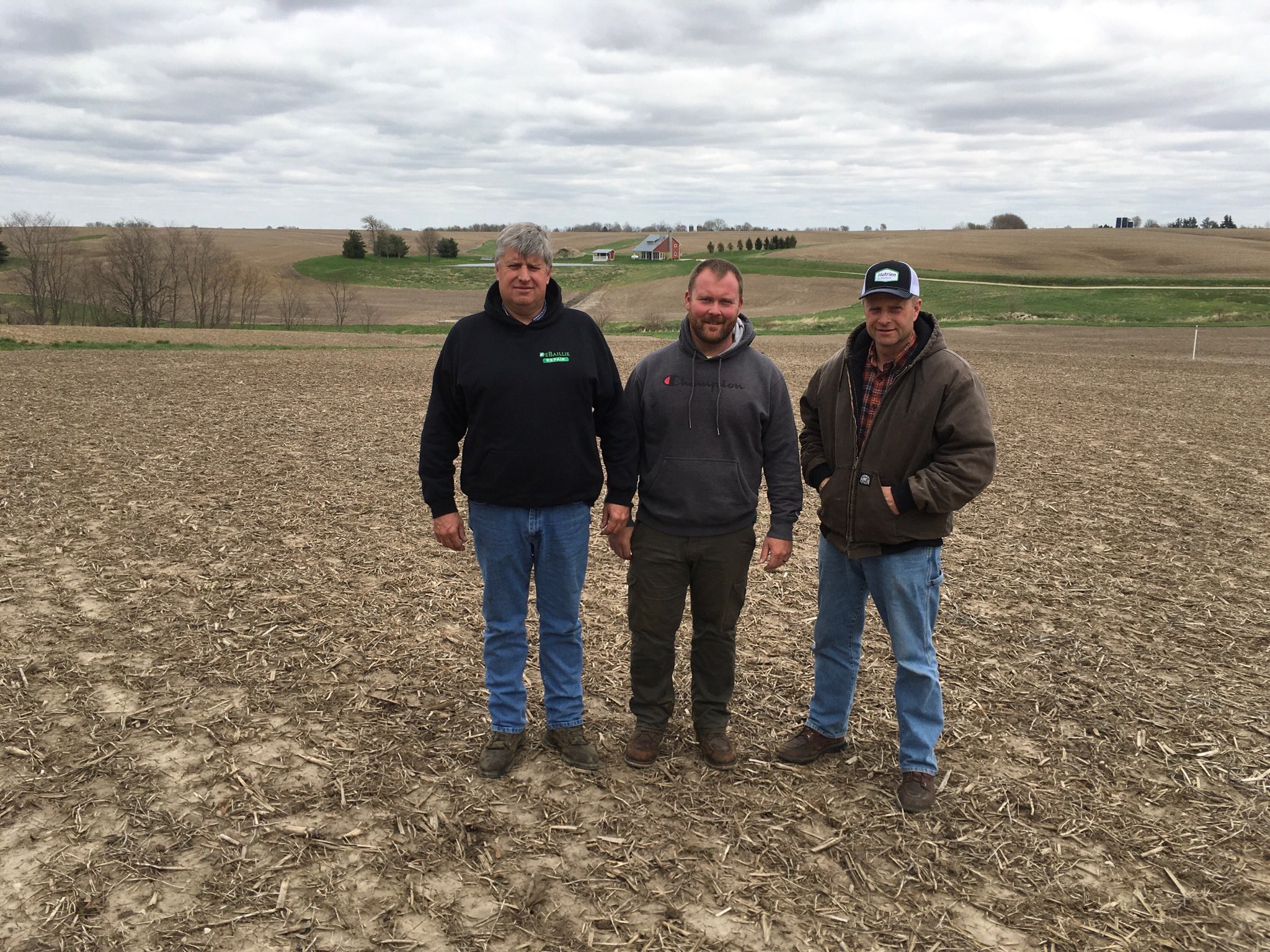

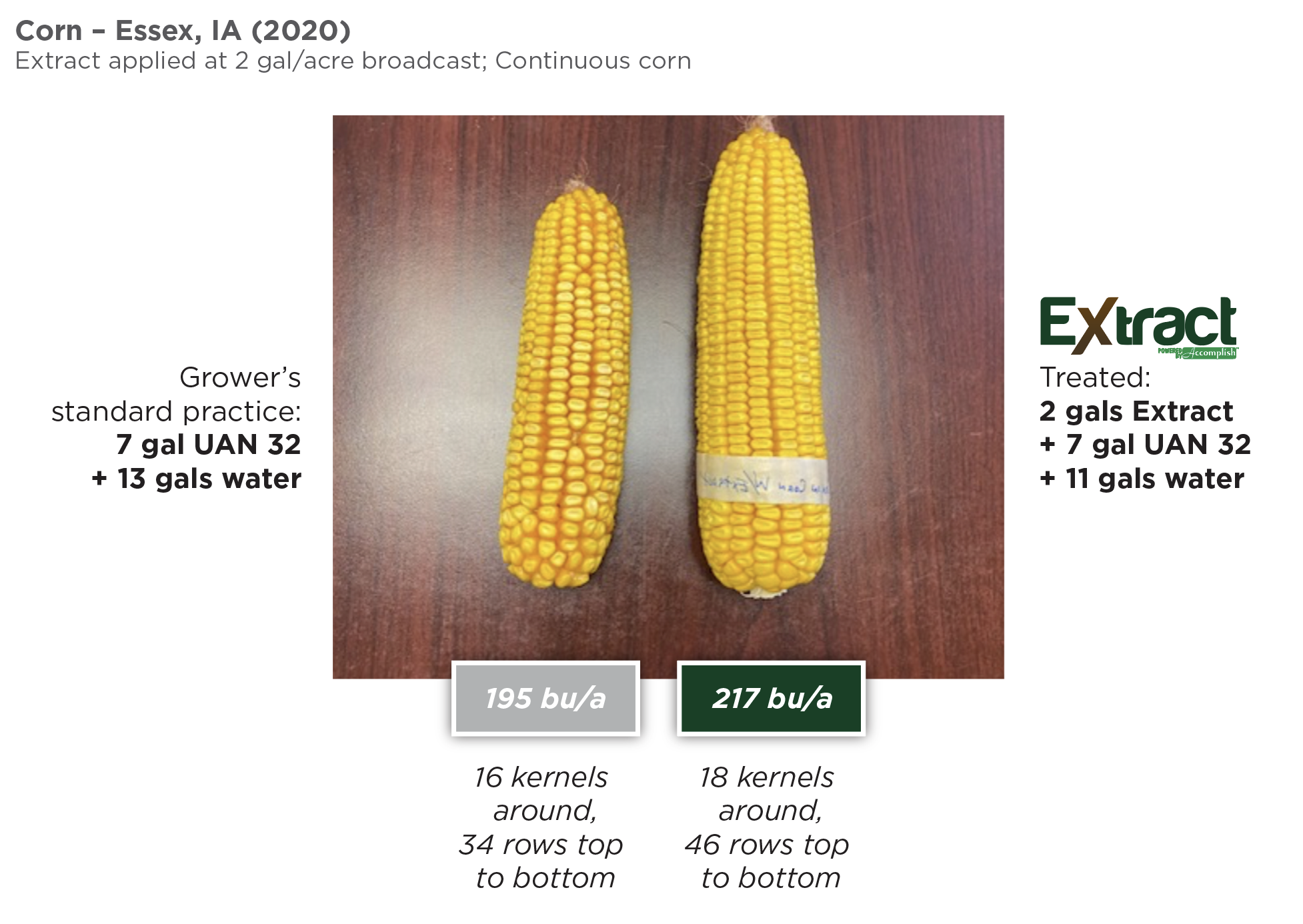
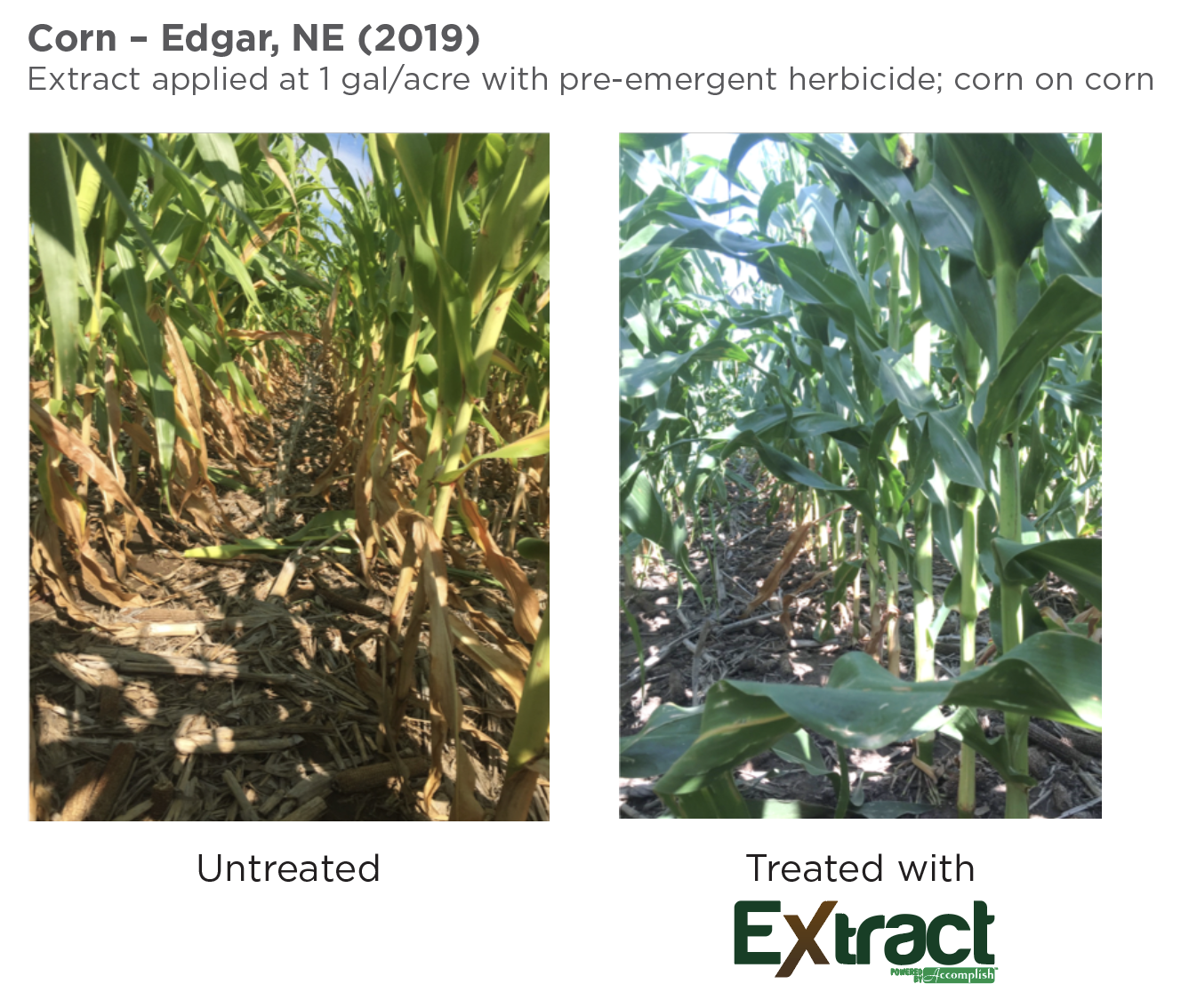
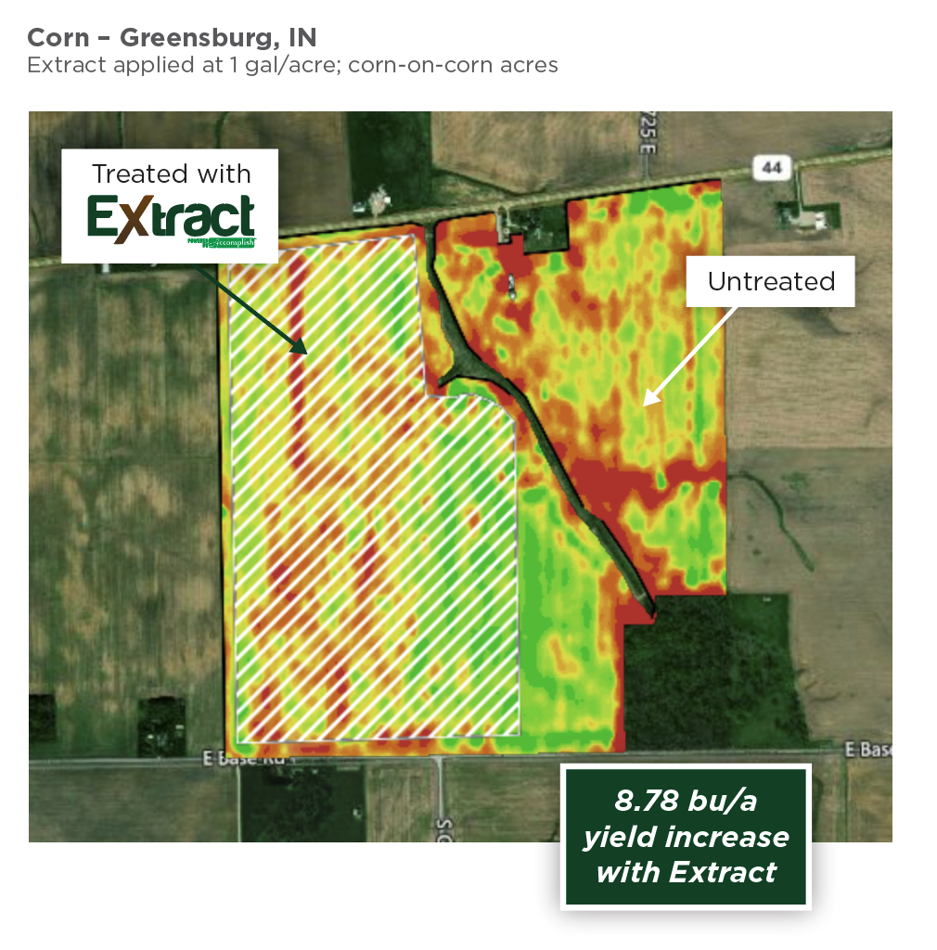
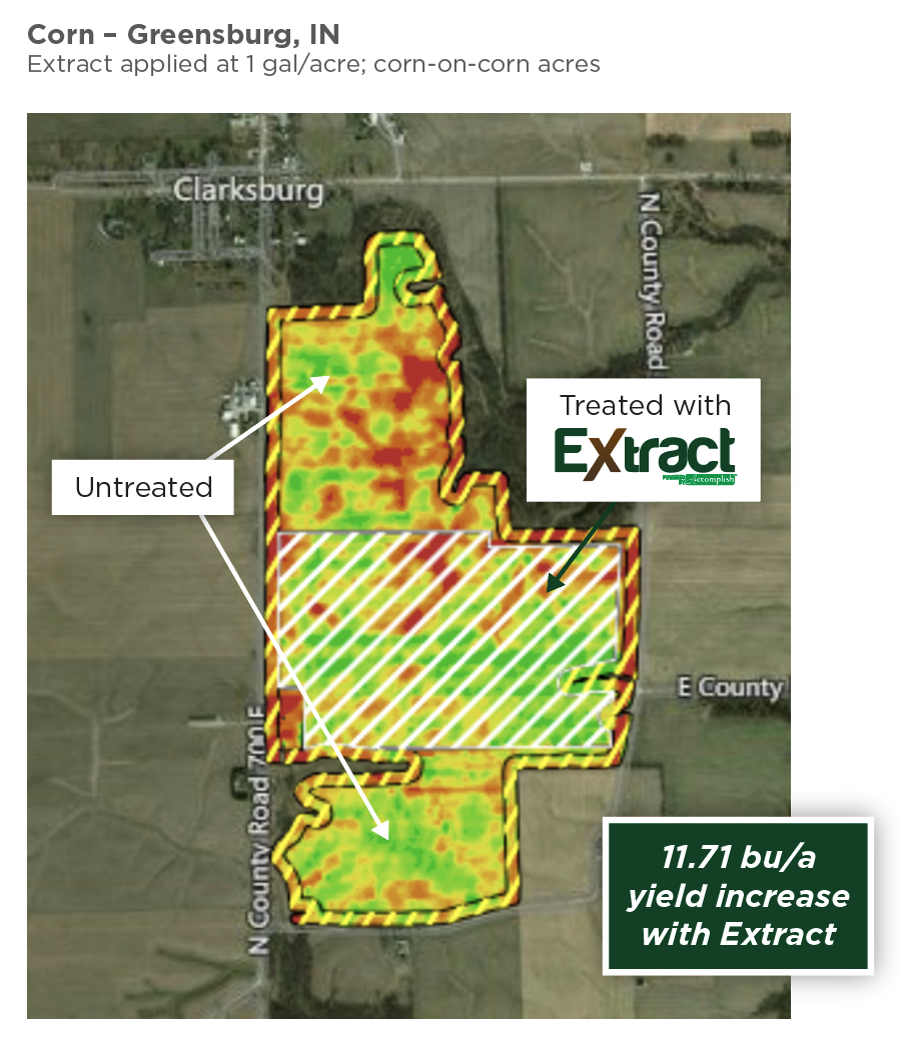

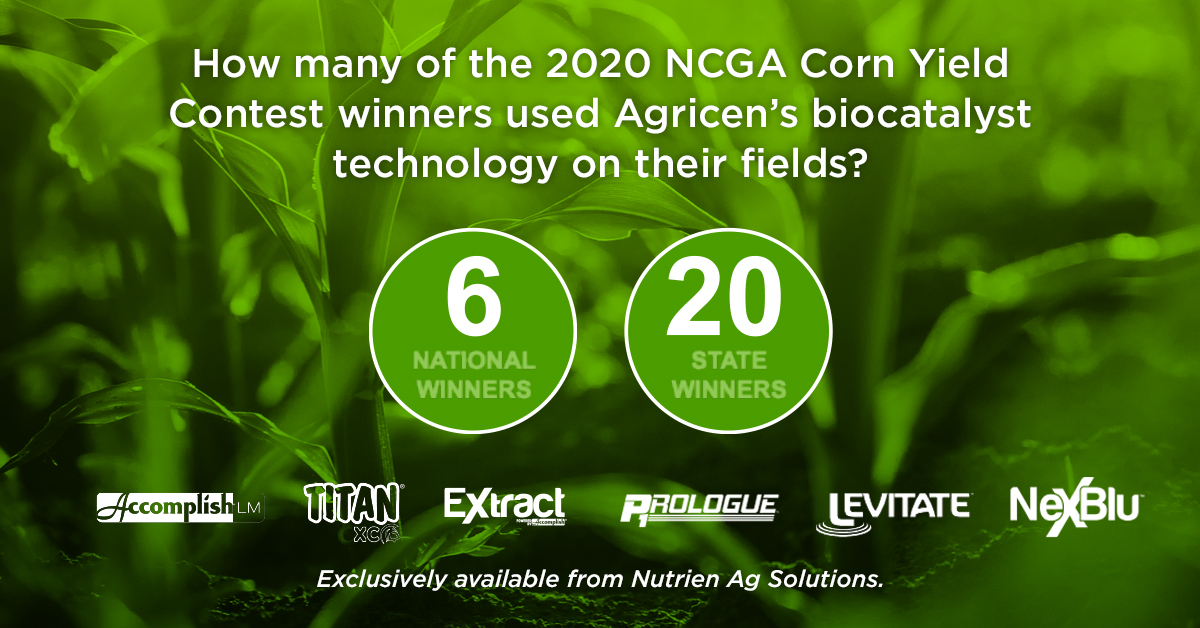


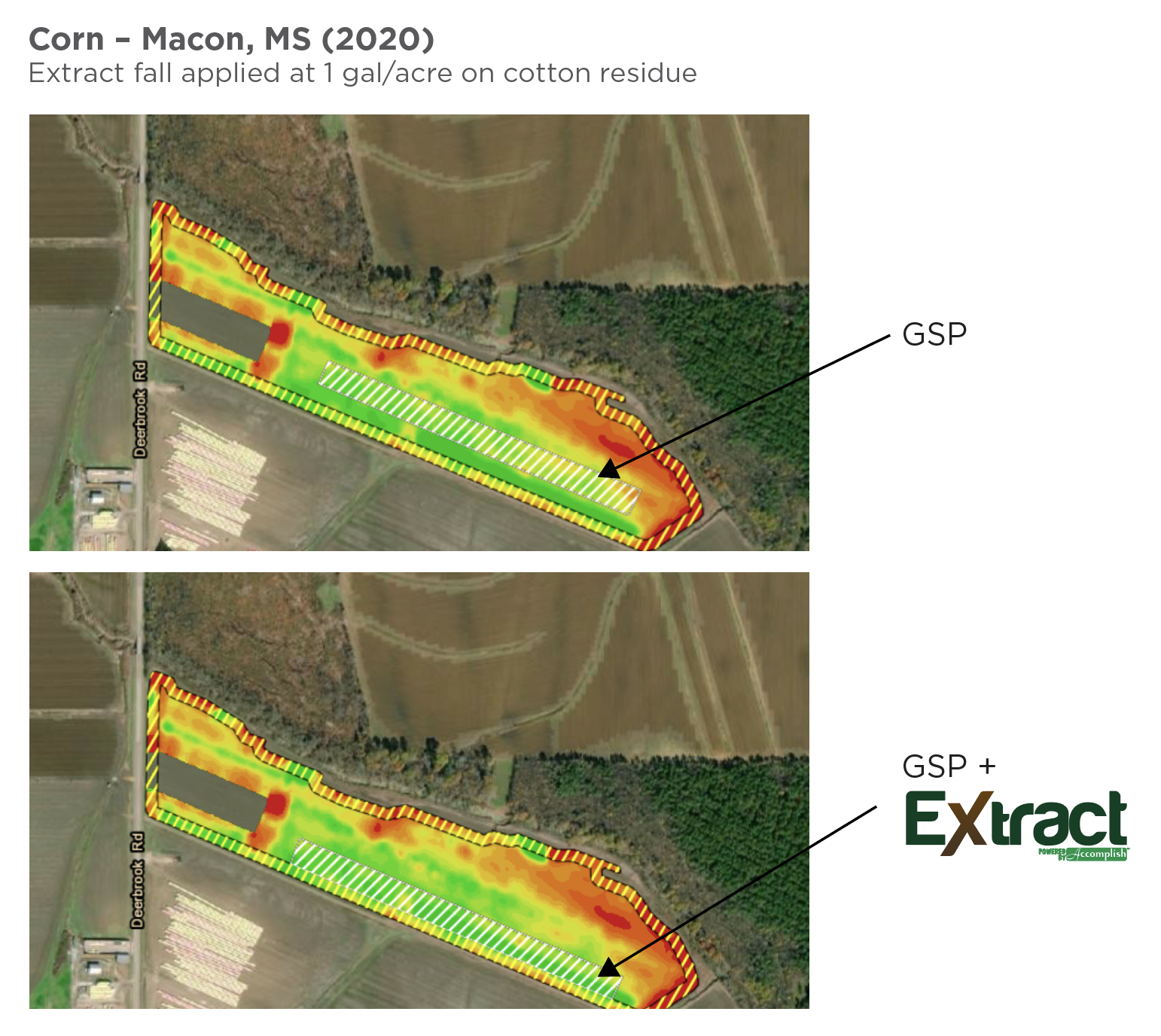

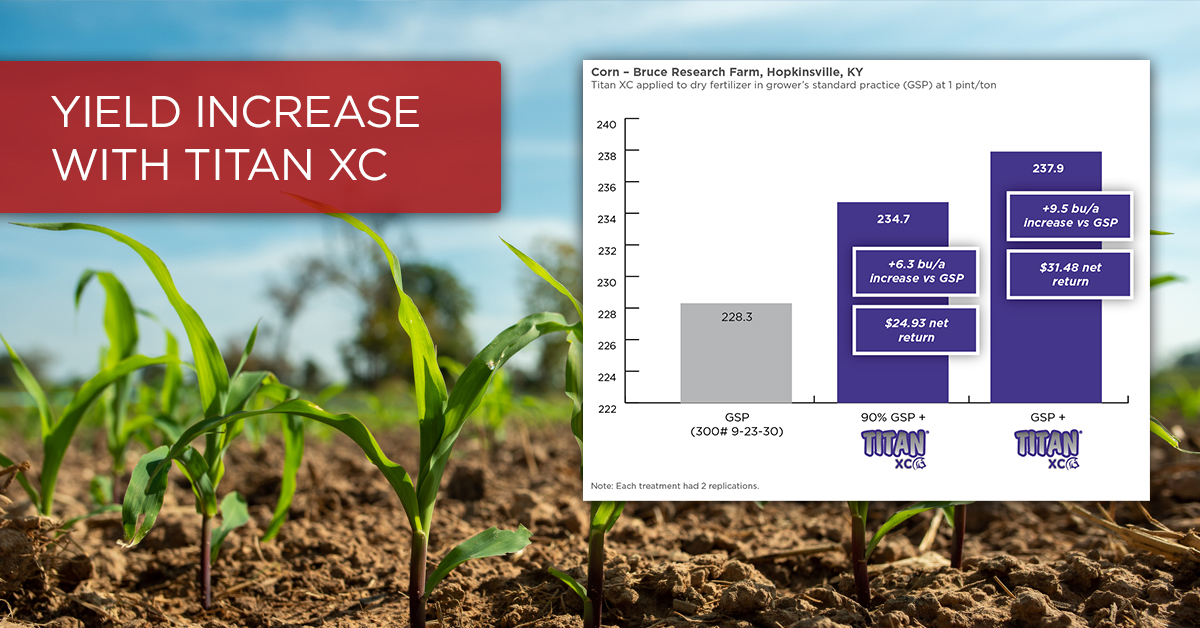
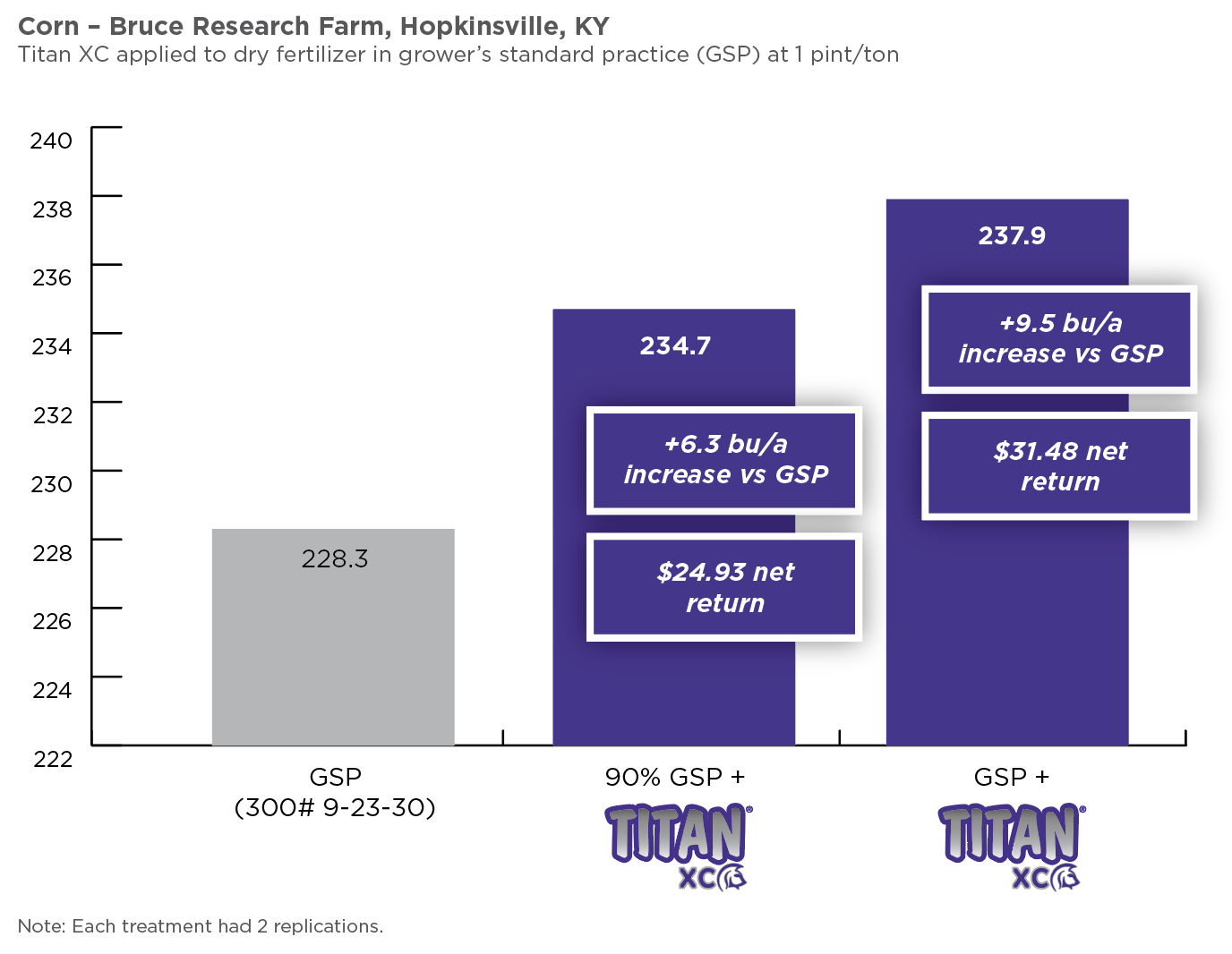
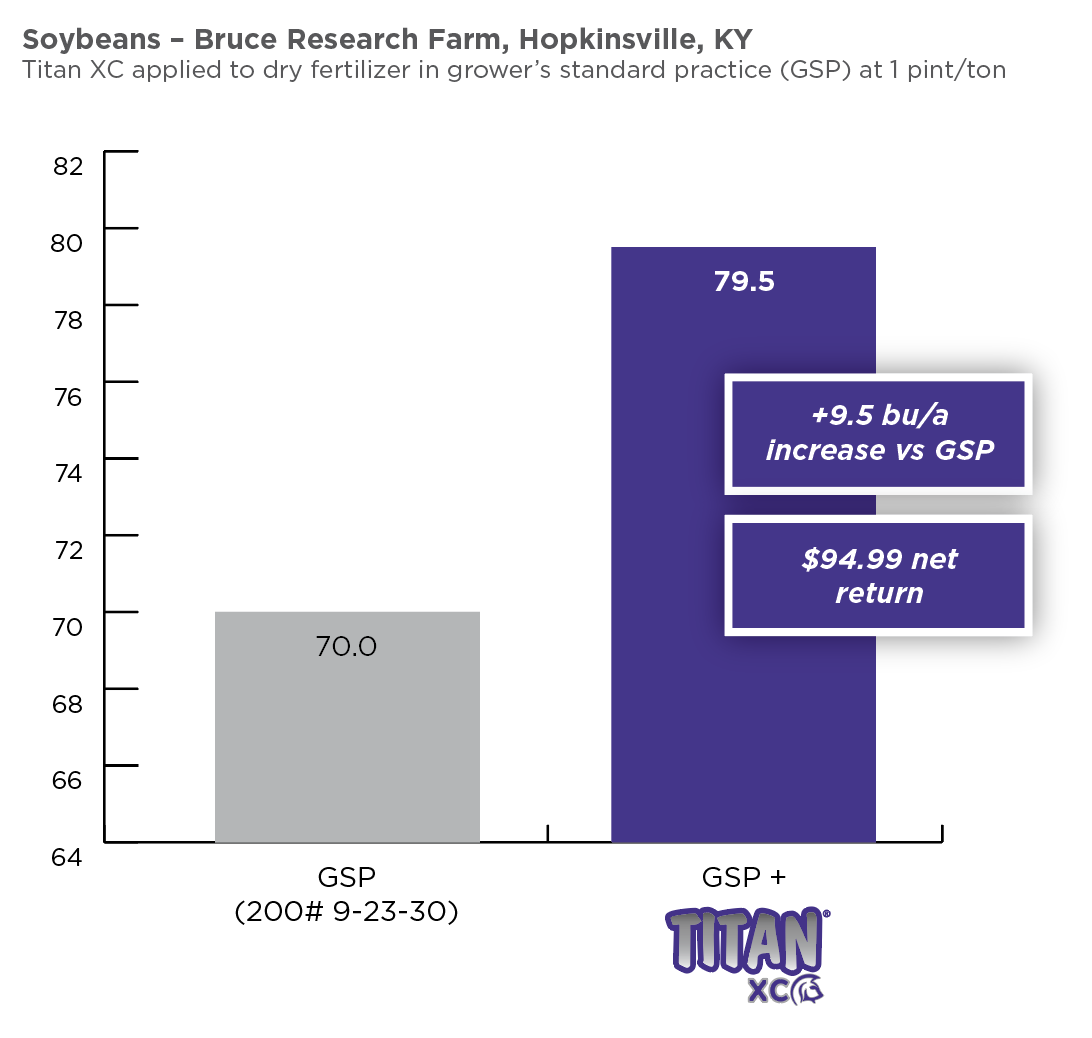

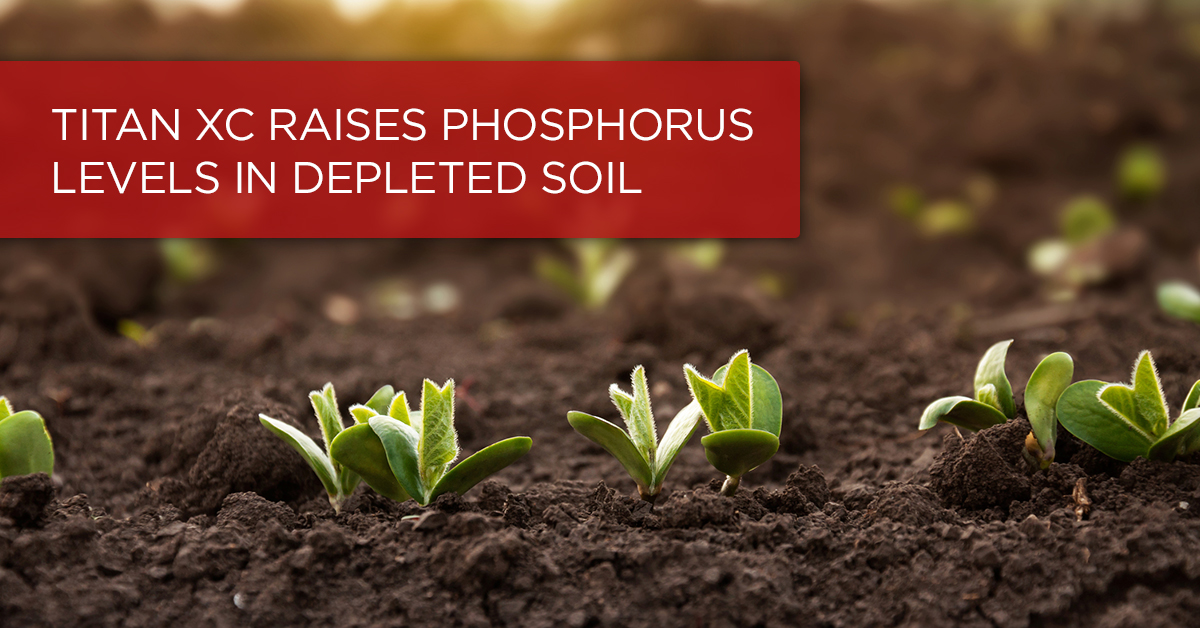
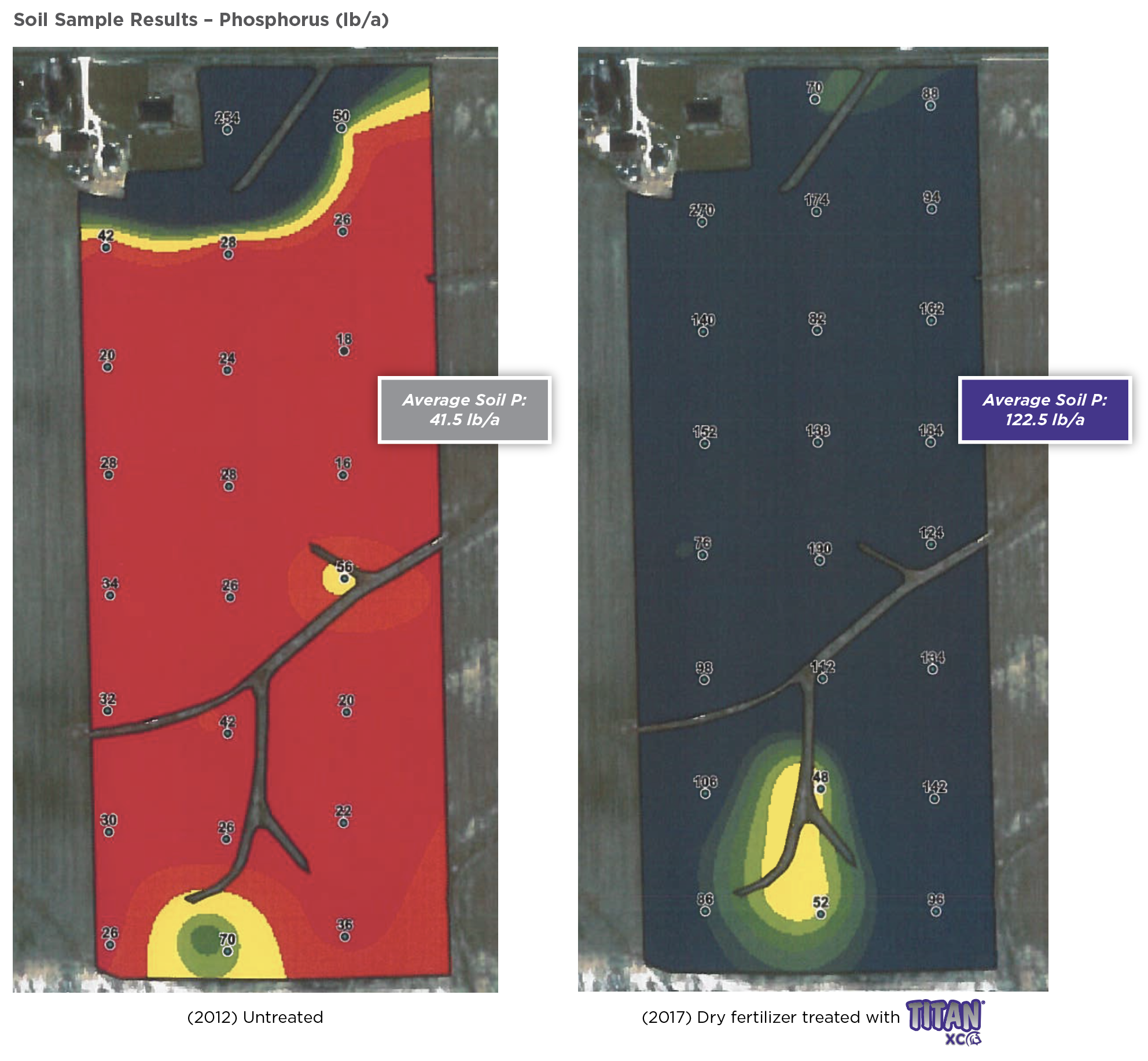
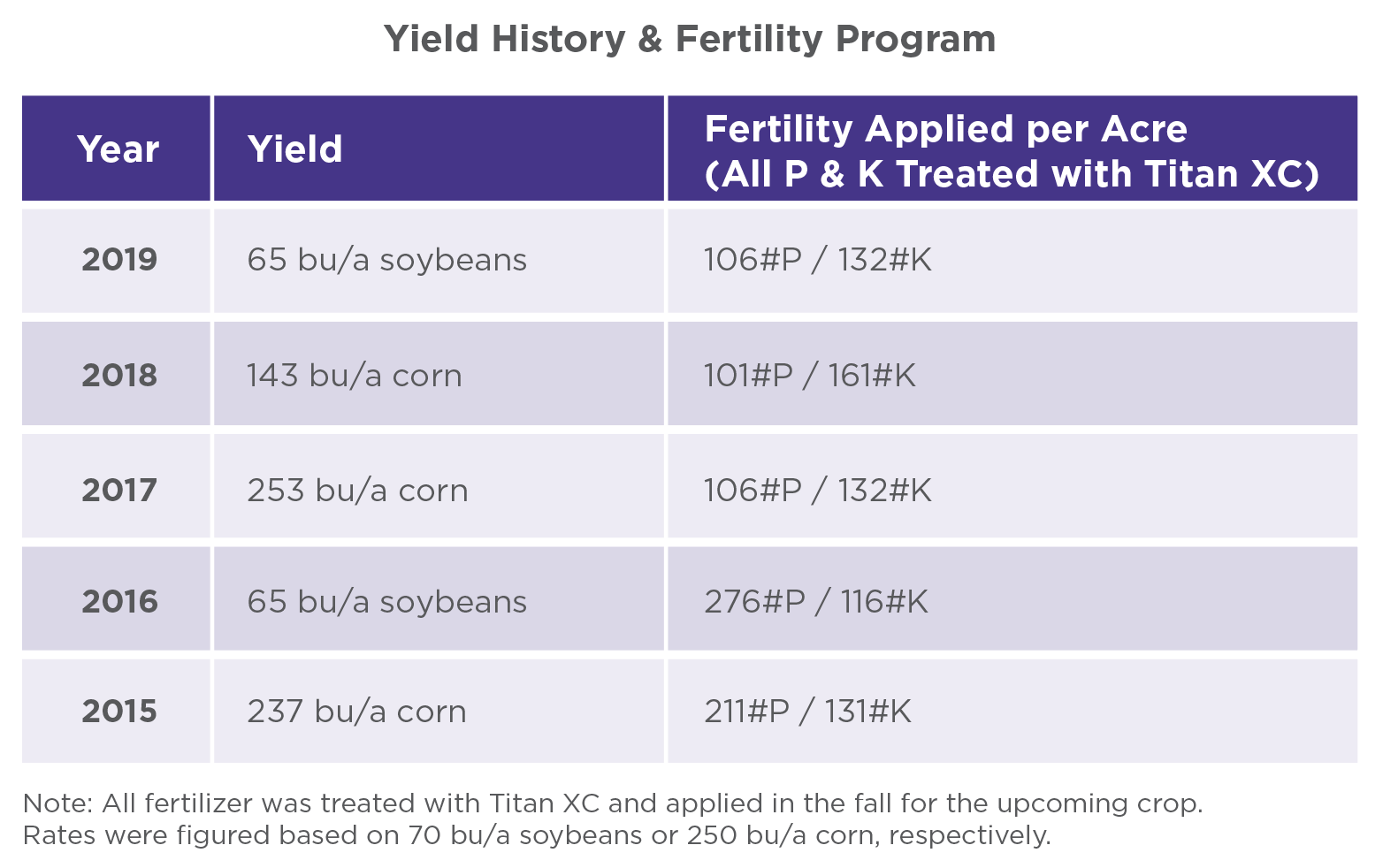
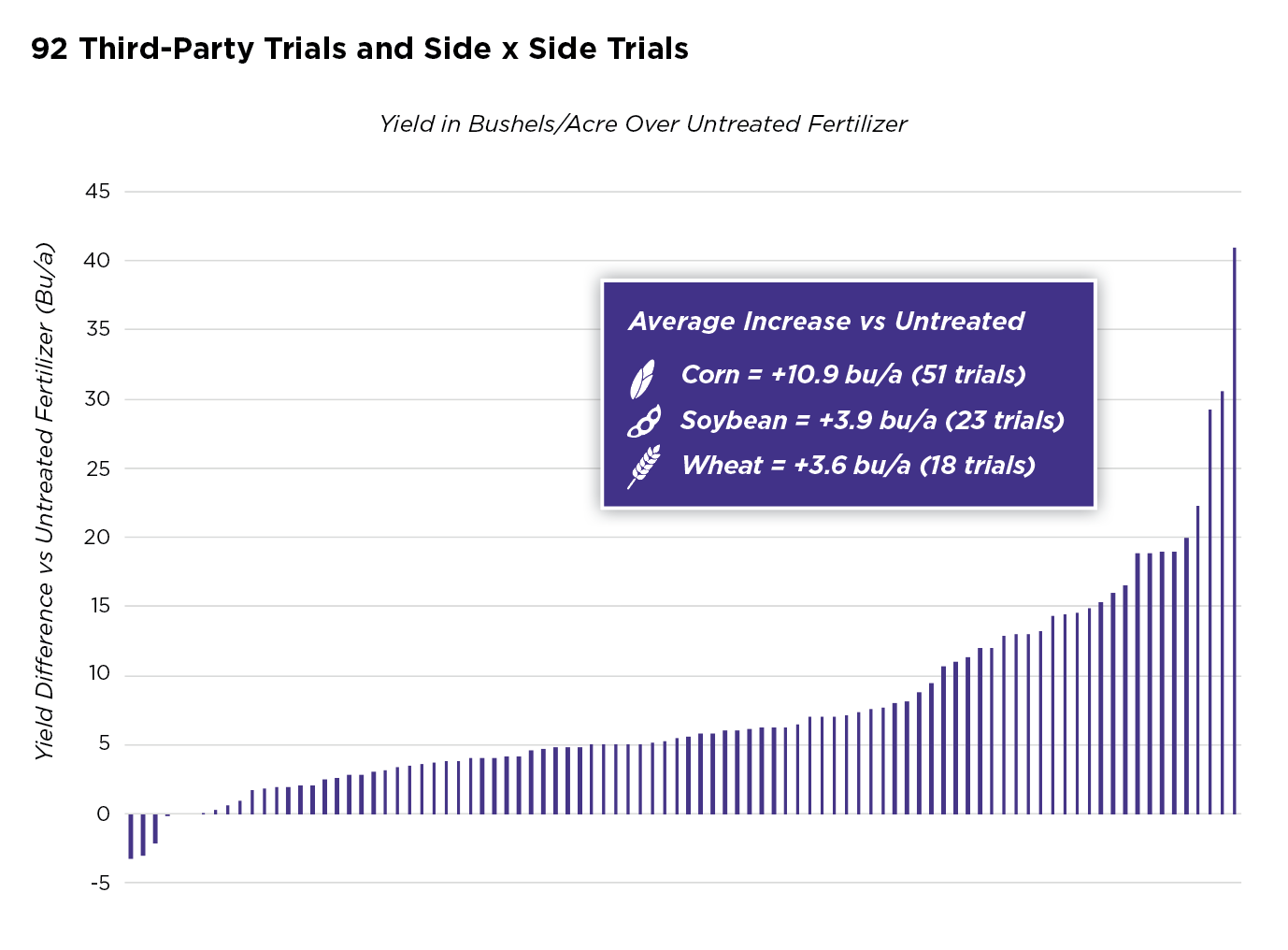
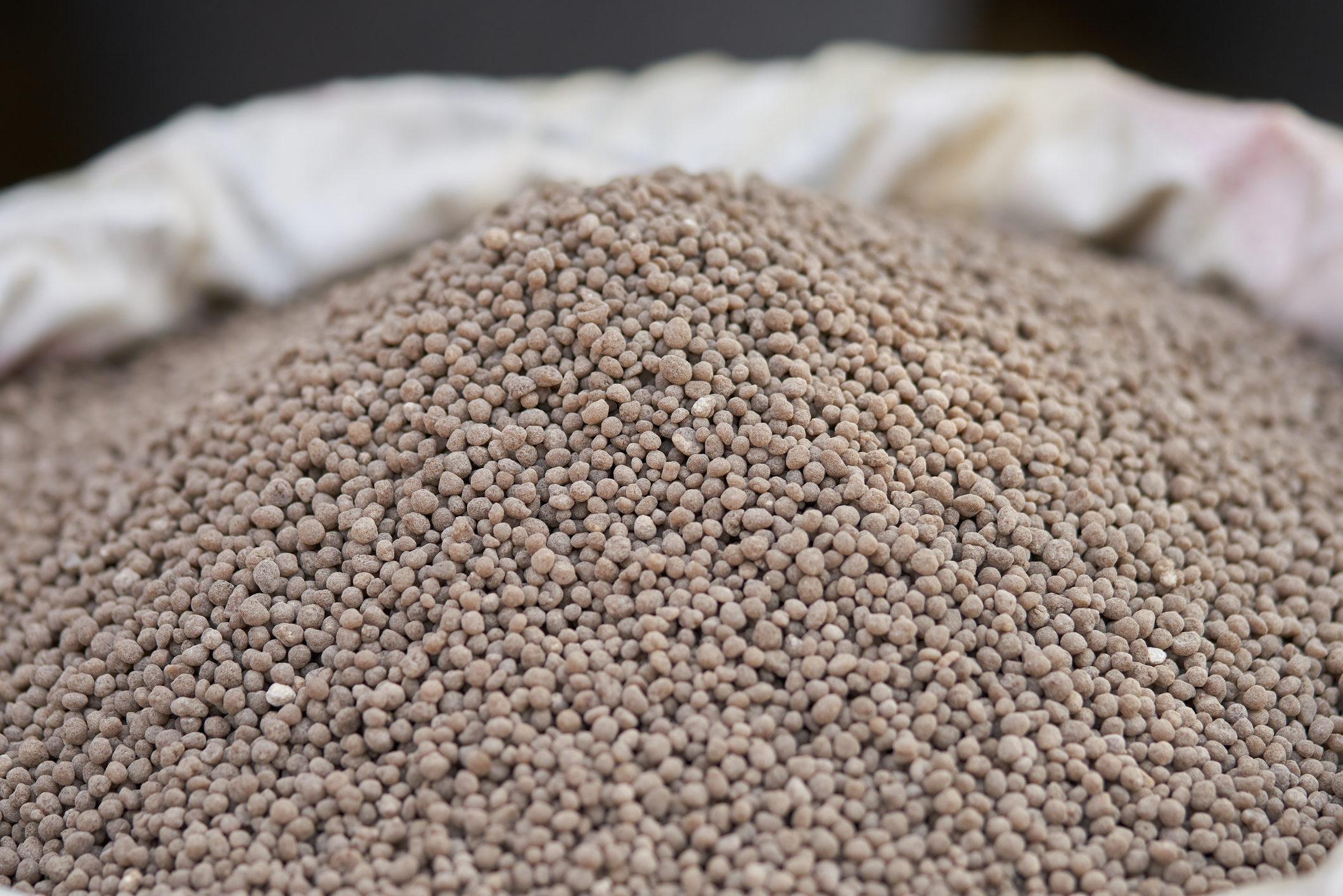
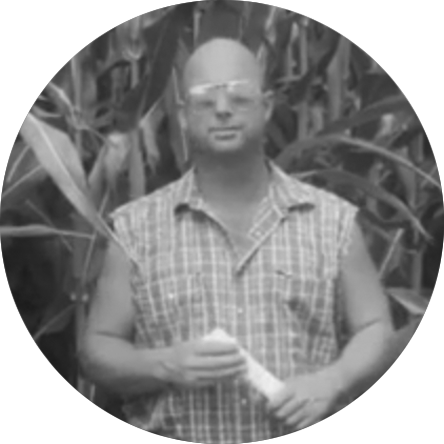

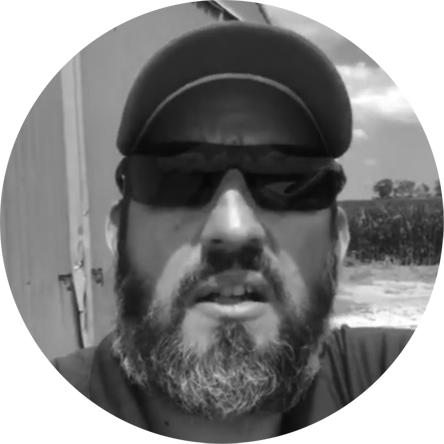


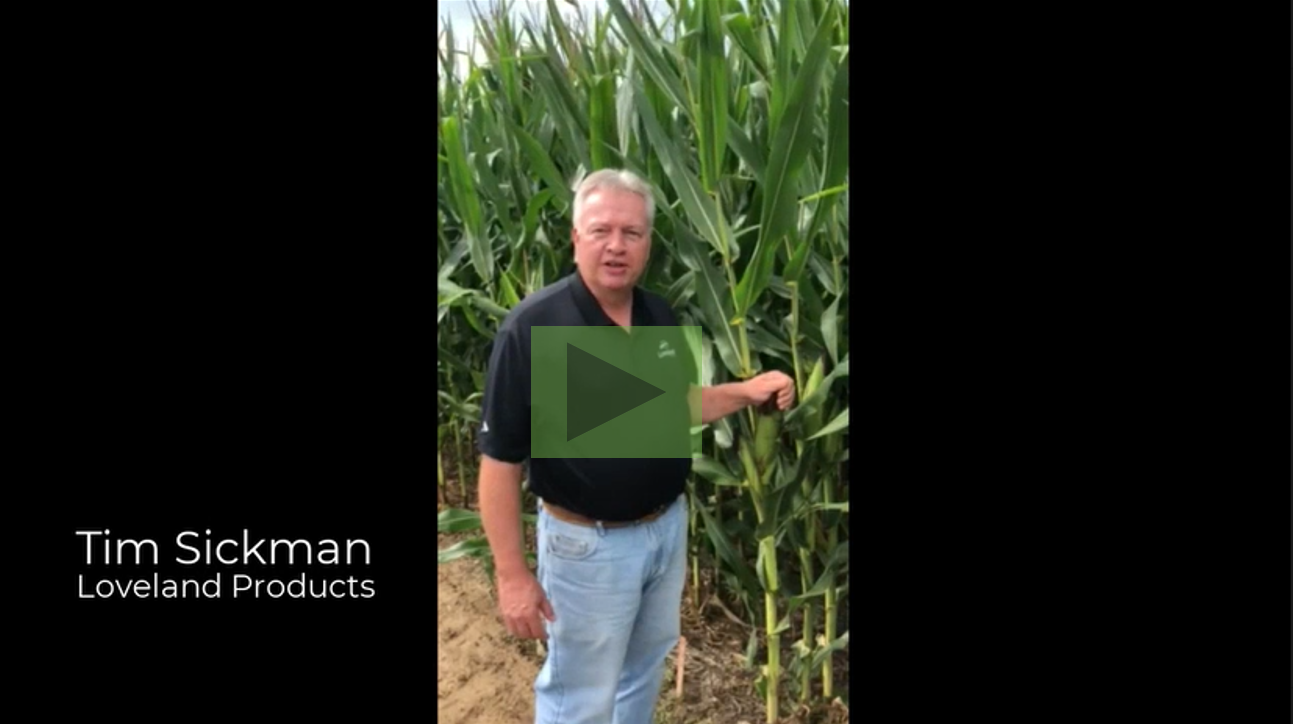

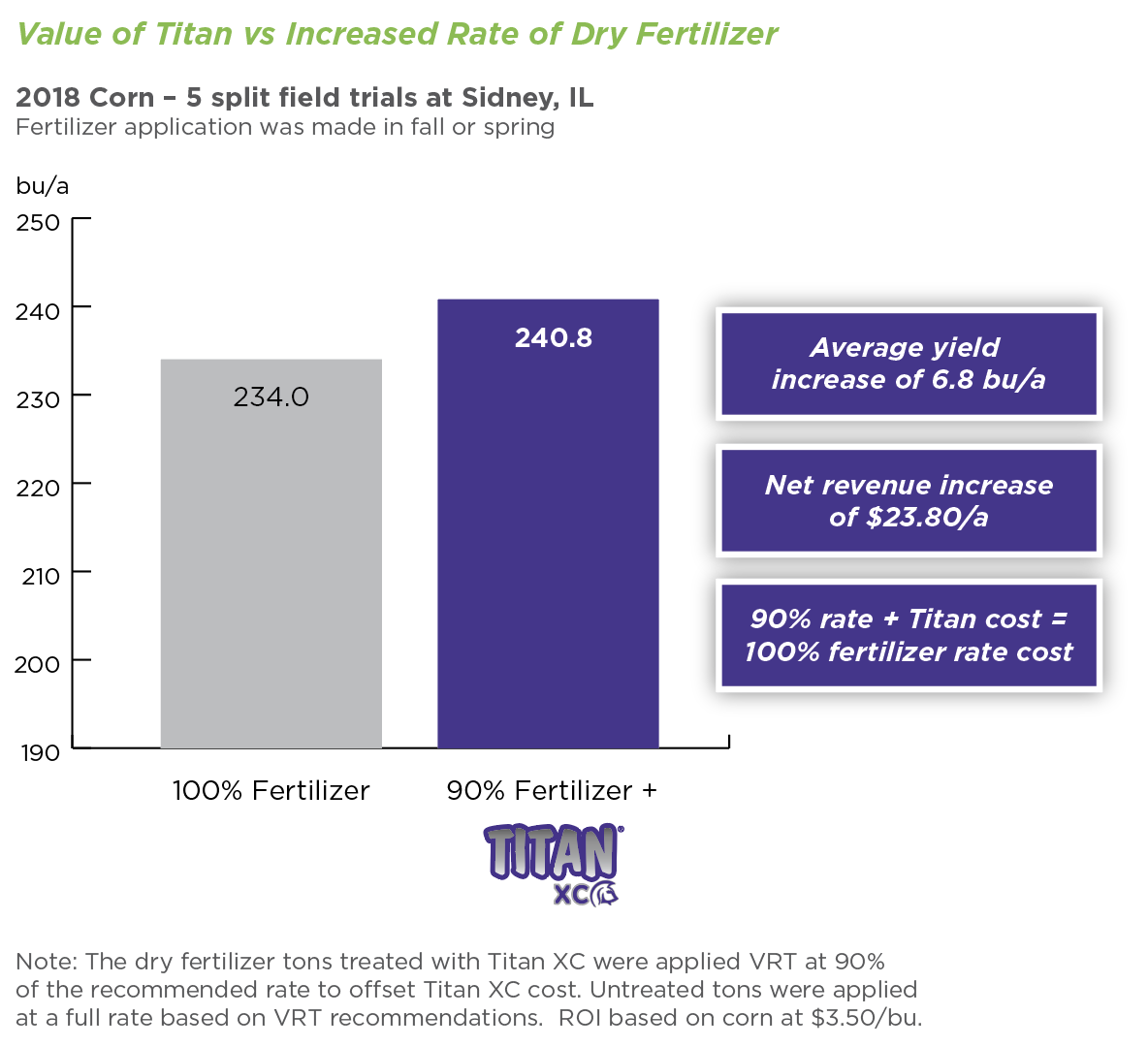
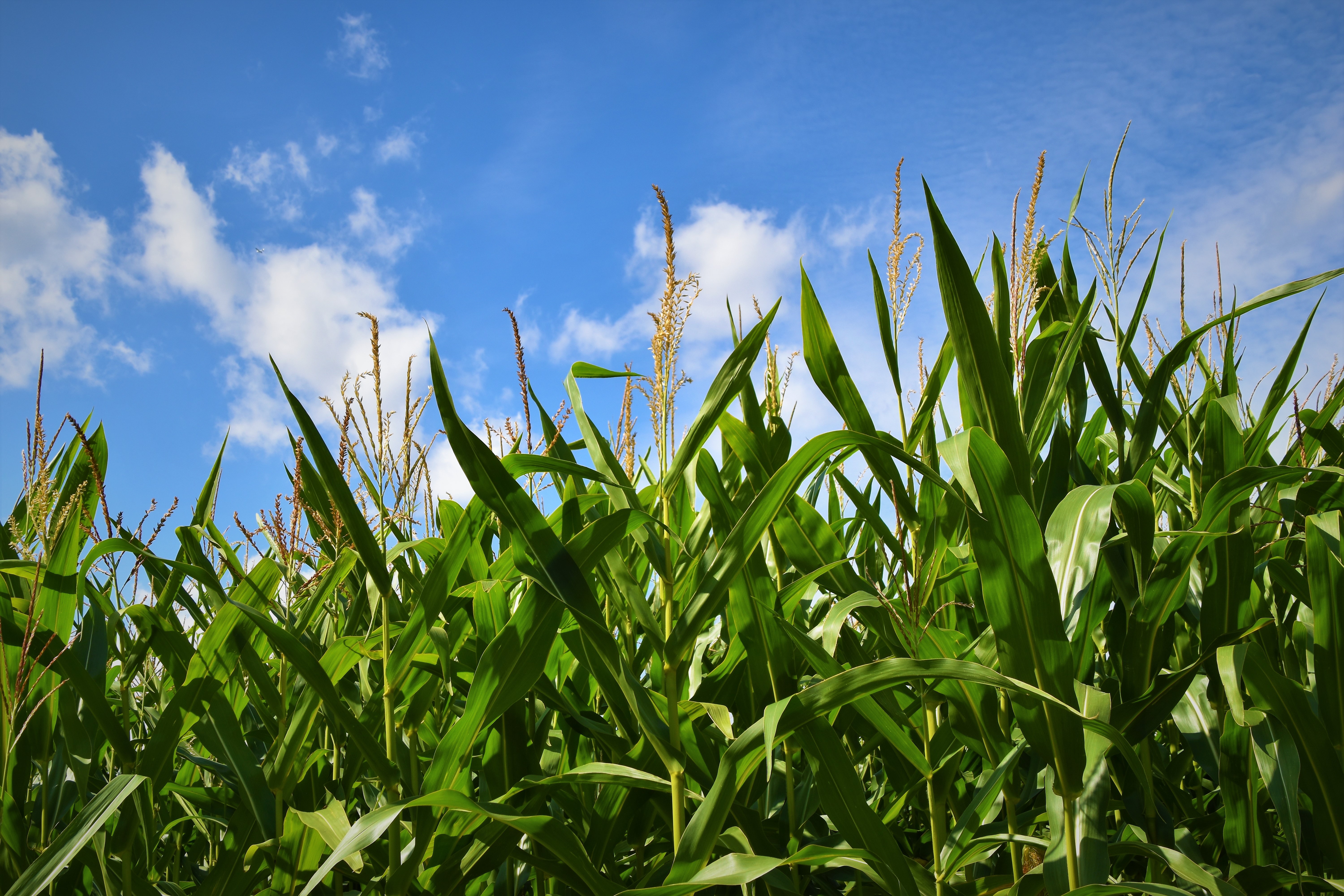 In the fall of 2017, Benjamin Rice, a crop consultant for
In the fall of 2017, Benjamin Rice, a crop consultant for 